Radio Advertising: Is it Still Effective?
AM/FM radio still holds a significant place in the audio market with 40% of time spent by adults 18+ and 76% of daily audio time spent with ad-supported platforms. It also has a much larger audience share than ad-supported Spotify and Pandora. Despite misconceptions and misperceptions about its effectiveness, marketers should base their media choices on actual audience data rather than their own behavior or what is popular in the media. Additionally, media mix modeling may not accurately represent the performance of AM/FM radio due to its smaller size in media investments.
AM/FM advertising is a crucial channel for advertisers due to its efficiency, affordability, and high ROI. The cost of entry for radio advertising is lower than other mediums. AM/FM radio has a high degree of unduplicated reach, making it possible to reach a broader audience. According to Edison Research, AM/FM radio leads ad-supported audio across all major demos in the car. Case studies show that AM/FM radio campaigns have had a significant impact on sales growth, customer base expansion, and increases in category spend. US auto dealers are recommended to increase their AM/FM radio advertising to reach customers who are ready to buy.
Radio advertisements can be incredibly effective if you focus on media planning, creative execution, and measuring success. When planning your ad buy, consider factors like demographics, market dynamics, and product purchase cycles. Consistent creative with a clear message and call-to-action can make your ad memorable. Measuring success can include tracking reach, brand awareness, website traffic, total sales, and return on ad spend. By following these tips, you can create a successful radio ad campaign.


